These days, managing text-based, structured and multimedia content involves distribution across various platforms, such as the Web, e-commerce, mobile apps, personal gadgets like smartwatches, or digital advertising systems in stores or malls.
Furthermore, the content can be customized and personalized as per the user's location, language, behaviours, and preferences. That is why content must be independent of who consumes it and the medium through which it is consumed. This, in turn, necessitates the implementation of solutions in which the information management component (the CMS) is decoupled from the frontend component. In that regard, CMSs that deal "only" with content management are referred to as Headless CMSs.
In this, the CMS component focuses on content functionalities such as managing content for structure, presets, collaboration, reusable components, workflow stages, versioning, roles and permissions, publishing policy, preview, backup, security, and reliability, among other things.
Such decoupling of the frontend and content management components gives the development team the flexibility to choose its own stack and concentrate solely on the UX and UI, reducing time to market and costs.
Wondering what are the costs involved? Let’s know about Headless CMS first.
A Headless CMS is developed as a content repository and makes content available using a RESTful API or GraphQL API which can be displayed on multiple devices.
The term “Headless” is derived from chopping the “head” (the front end of the website) off the back end. While doing so, it retains an interface for managing content and delivering it wherever it is required. Owing to this, a Headless CMS is unaffected by how and where your content is displayed. Its primary goal, after all, is to store and deliver structured content and let content editors collaborate on new content.
Monolithic, regular, or coupled CMS are on the other side of the spectrum i.e. the opposite of a Headless CMS.
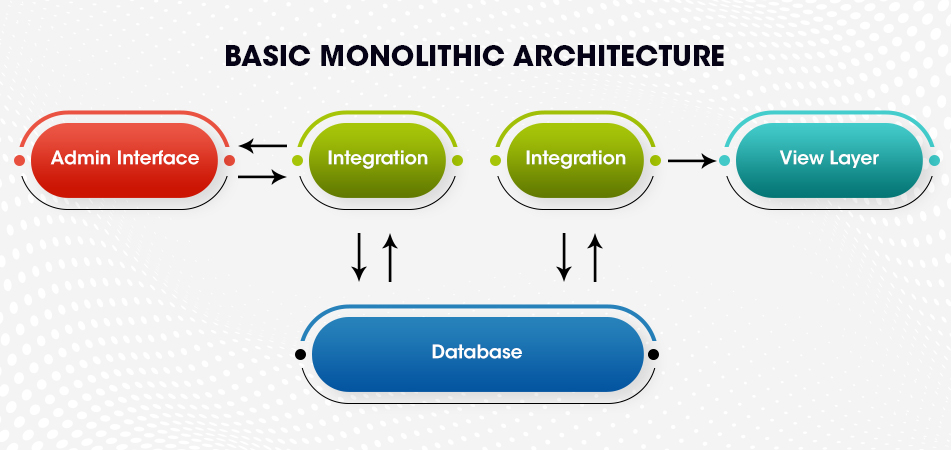
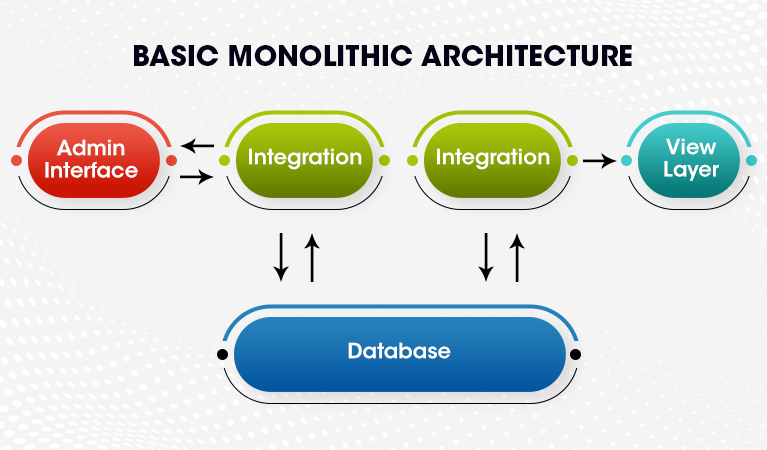
The architecture of a monolithic CMS: -
1. A database into which the content can be read and written
2. A content management interface for editors
3. Combining reading and writing functions
4. The front end itself combines HTML and data from the database
The actual website i.e. the head of that CMS sees the templating feature removed from the stack to make it a Headless CMS. Once done, it is replaced with either the RESTful or GraphQL API for other systems to access the data which was being controlled by the Admin UI. That, ladies and gentlemen, is a CMS without a head.
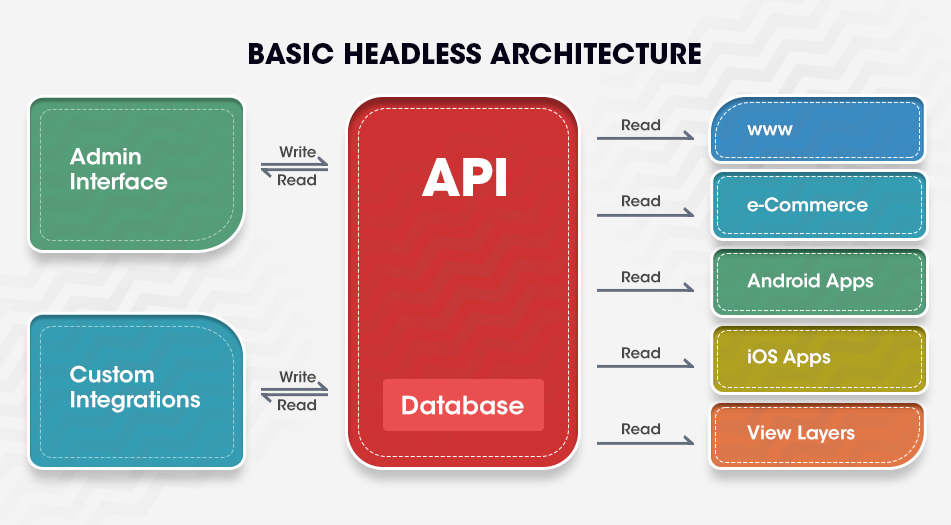
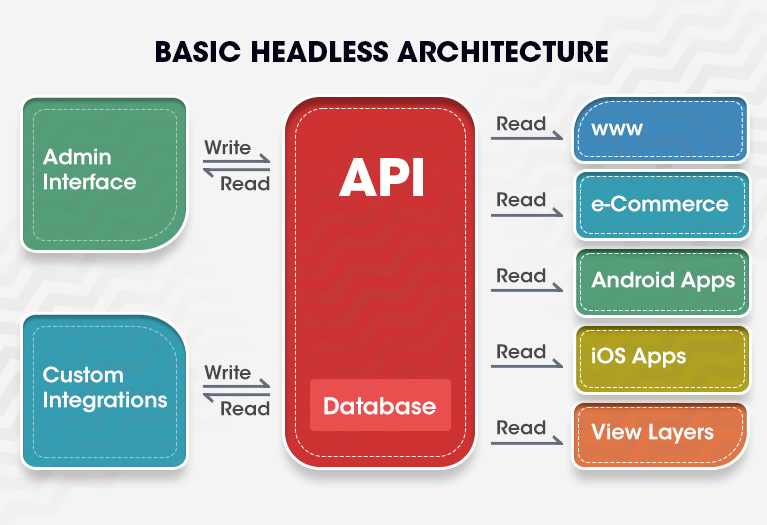
A website cannot be created solely with a Headless CMS. Instead, the devs must create the website from the ground up while accessing the content using APIs. By separating the CMS from the front end, a developer can use any technology they are already familiar with and avoid having to learn the technology for that particular CMS. The developers’ ability to concentrate on their own work without having to deal with the bugs of an existing technology stack is another major benefit. In the long run, it becomes simpler to optimise pages.
So, is it NECESSARY?
This question has a straightforward answer, but it won't be of much use to you right away. Your needs will determine what happens. In some use cases, one CMS excels over the other, and vice versa. Here are some quick benefits to look at to help you decide:
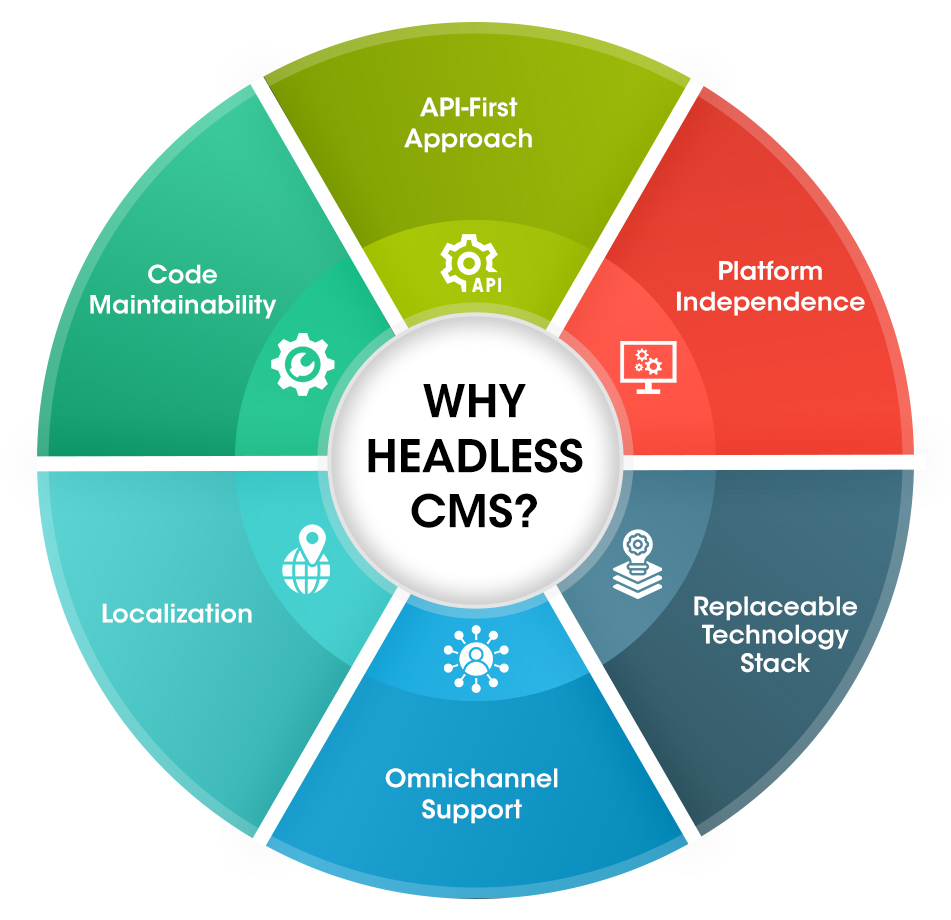
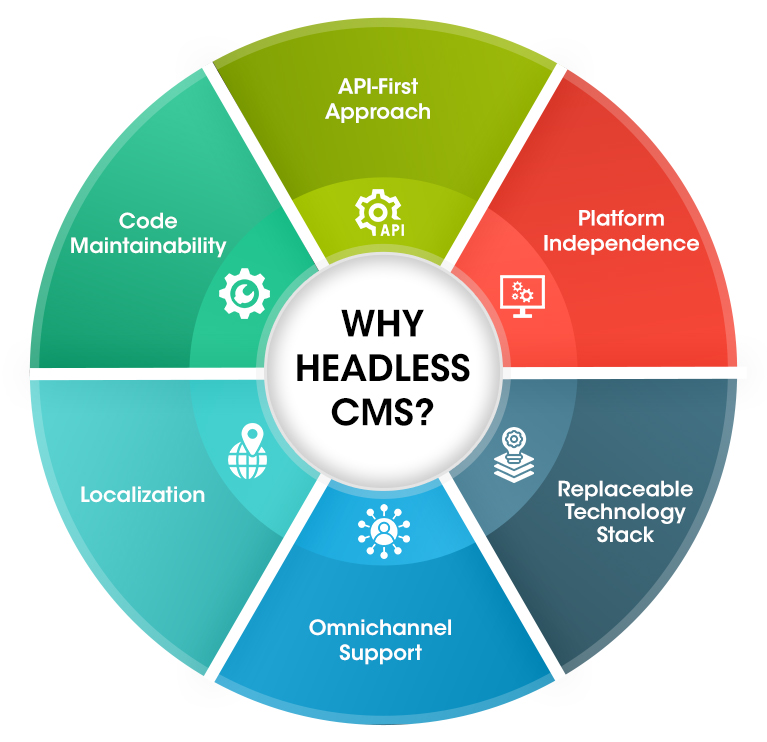
Key Benefits of Headless CMS
▪ Separate your content from your website's tech stack to allow for faster development.
▪ Works for websites and web apps built with JavaScript frameworks (VueJs/Nuxt.js, React/Next.js etc.).
▪ The same is the case for websites built with static site generators like Jekyll, Gatsby, Middleman, or Hugo.
▪ Also works for Native mobile applications (iOS, Android, Windows Phone)
▪ Lets you add a proper CMS for your marketing team to your eCommerce Stack (Shopify, BigCommerce, Commercetools, Sitecore Commerce, Magento2, or others).
▪ Lets you schedule the release of new features for your own product's feature flags.
▪ Can be utilized as a control interface for your home automation system.
▪ Enables you to manage content for your company's intranet.
What’s evident here is that Headless CMS is not limited to websites.
Is Headless CMS safe though?
Well, the following are the top security advantages of Headless CMS: -
It's less vulnerable to DDoS attacks.
Headless CMS is made up of a backend layer that connects to various front ends via APIs, thus removing the "head."
There is no need for a database for content, and there is no security risk.
The creator's environment contains no CMS code. When compared to previous CMSs, security with flexibility and easy integration and maintenance becomes a piece of cake, resulting in less anxiety and increased productivity.
Minimal Updates
There is no need to update the code with each new release of the Headless CMS (provided the API is backwards compatible), so a minor change in one component will not have an impact on the overall system's security and performance.
Web Continuity
People frequently fail to update website plugins and themes, which unethical hackers seek to exploit. Any breach frequently means that the web page's continuity is jeopardized. All temporary issues with decoupled CMS can usually be resolved in the background while the web is still operational, without affecting web performance.
Future-Proofed
Finally, the more secure your CMS, the easier it will be to adapt to future demands. For example, when the Headless CMS is secure, adding personal user data such as emails or other data-sensitive content is easier.
Interested to understand how it can be beneficial for your business?
Let’s discuss this over coffee.
Having a 16+ Years of Experience in Microsoft Technology with Exposure of Microsoft Platform (.Net, .Net core), More than a decade of experience in CMS including Sitecore & Sitecore Commerce, DNN, Umbraco and Kentico, with Various domains (Education, Banking and Insurance, Hospitality, Healthcare and Automobile). Also, he has good exposure in CI/CD, Azure, AWS platform and AppSec Domain.
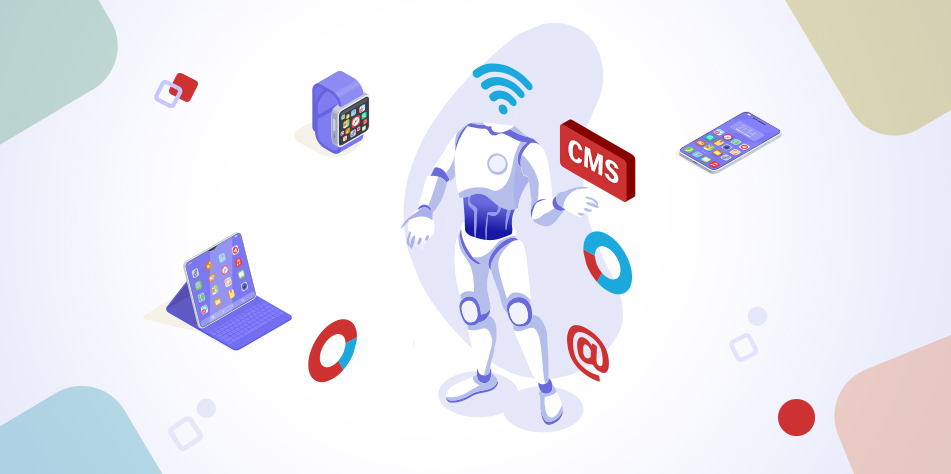





Leave a Comment